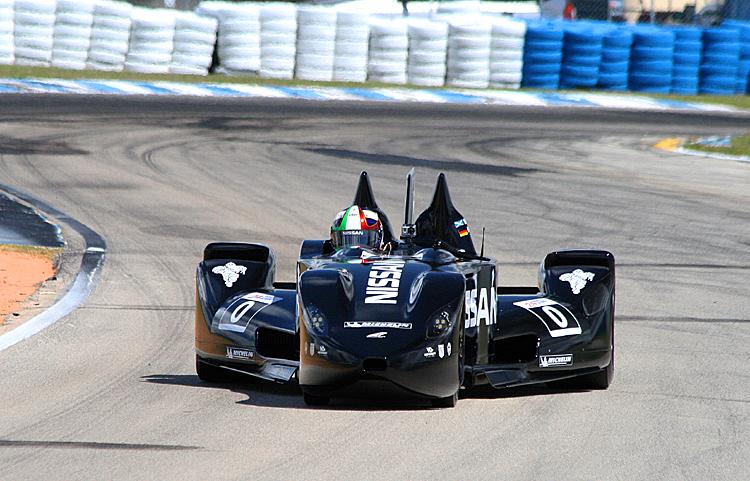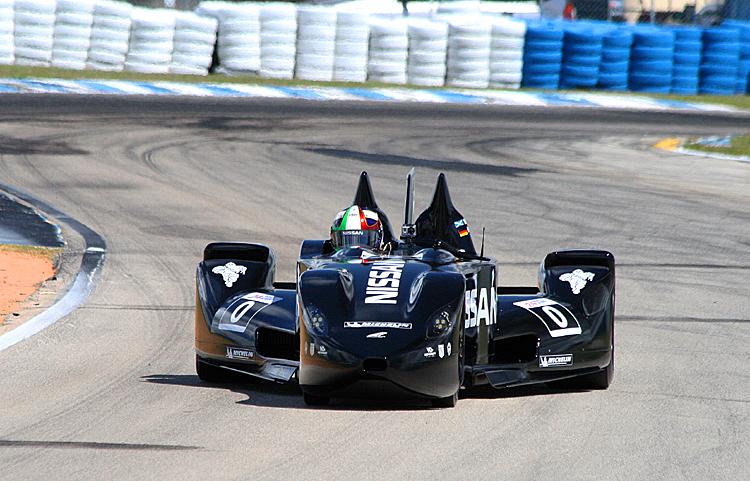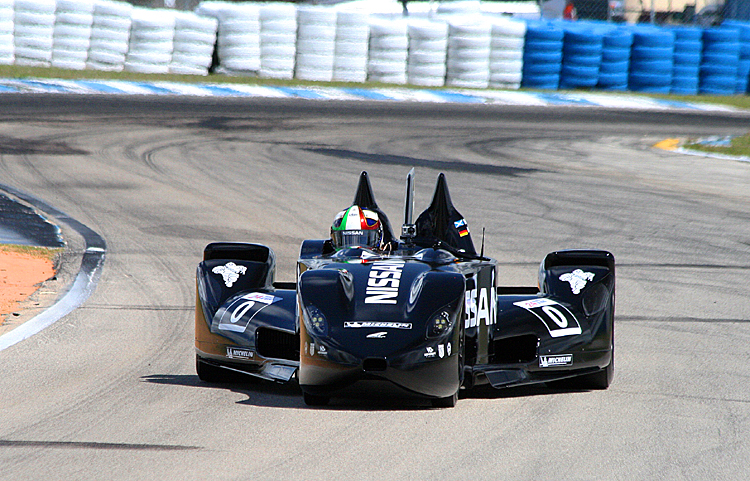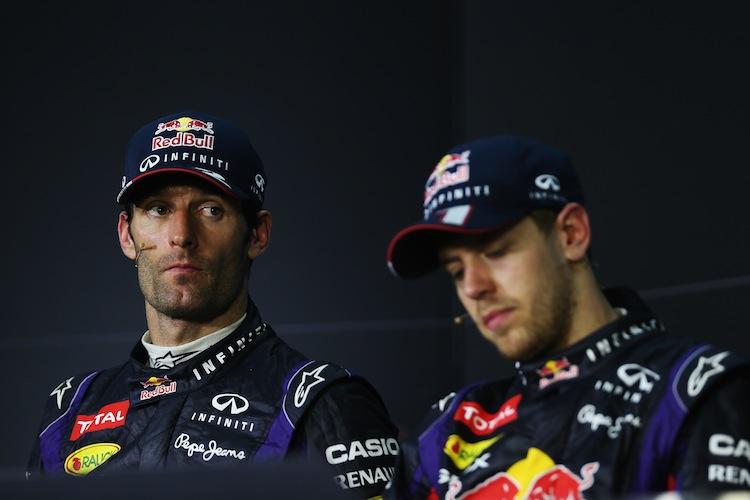The Nissan DeltaWing is heading across the Atlantic to continue preparations for its racing debut at the Le Mans 24 Hours.
The unique narrow-nosed experimental car claims to have half the drag and weight of a modern Le Mans prototype and is thus able to achieve the same performance with half the power. Testing at Sebring International Raceway has proven the concept; now the car heads to Europe for more testing and fine-tuning.
Presumably endurance tests are on the schedule as well; running a new car for 24 hours always reveals issues that wouldn’t show up in shorter tests.
“There were a lot of lessons learned from our week in testing at Sebring. With the bumps, it is certainly very tough on every component and that was one of the attractions of testing there,” said designer Ben Bowlby in a press release.
“We’ve been able to make some adjustments to the car and we will continue to do so right up to the green flag at Le Mans. Overall however, we are very pleased with the performance and the car confirmed our simulations that it does indeed turn and turns remarkably well.”
Darren Cox, general manager, Nissan in Europe, confirmed that endurance testing was the next step: “At Sebring the basic concept exceeded our expectations. Nissan’s role now is to work on the reliability as we take more responsibility for the program as it moves to Europe.”
After a week of testing at Sebring, the car was torn down and inspected at Dr. Don Panoz’s Elan Motorsports Technologies (EMT) in Georgia over the weekend and is now en route to Atlanta for shipping. EMT has produced the IndyCar championship-winning G-Force chassis, the DP01 Champ Car, the DP09 Superleague Formula chassis as well as cars for IMSA Lites and F2000 competition in the United States.
“EMT has been involved in building a lot of cars in the past and we’ve been delighted to be involved in helping make some refinements this week using the lessons learned at Sebring,” Dr. Panoz said in the press release.
“With any new car, there are always some things you need to update after you have done some initial miles and we now look forward to the next phase of development in Europe.”
The car, powered by a turbocharged 1.6-liter Nissan engine, will compete against the 3.7-liter turbocharged diesel-powered Audi R18 Ultra and the 3.4-liter gasoline-engined Toyota TS030 Hybrid during the 24-hour race.
The car, first introduced in February 2010 as a possibly single-seat open-wheeled racer, was re-imagined as a sports car by Bowlby, Panoz, Dan Gurney, and Duncan Dayton of Highcroft racing. The new configuration allowed the car to take advantage of the “Garage 56a” program at Le Mans, where an experimental car is allowed to run unclassified in the world’s most prestigious endurance race.
The car caused a lot of controversy with its tricycle design; reviled by some, accepted by others, it is hailed by many as the future of sports car racing.
“The world-wide response to this car has been unbelievable. It is very rewarding to see that kind of attention paid because we are involved in this project because we think it is a game changer,” said Dr. Panoz in the press release.
“It is what is needed in racing. We need to let go of the past and look forward to better fuel and tire efficiency without sacrificing any performance.
“The fact the car is so different looking has attracted so much attention but the reason why it looks like it does is because that is what is needed to produce these kind of results.”
Whether they love it or hate it, everyone associated with endurance racing is waiting eagerly to see how the DeltaWing will perform on race day. No confirmed figures have been released, but unofficial lap times from Sebring suggest that the car might actually be able to compete with the fastest conventional race cars.
DeltaWing Off to Europe for Further Testing
The Nissan DeltaWing is heading across the Atlantic to continue preparations for its racing debut at the Le Mans 24 Hours.

The DeltaWing did well in its week of testing at the notoriously bumpy Sebring Raceway. Now it is off to Europe to prepare for Le Mans. James Fish/The Epoch Times
|Updated:





